Don Brunt attends a simulated game day at Atkin Grant & Lang, and reports back with sound advice on getting the most from these fun filled days
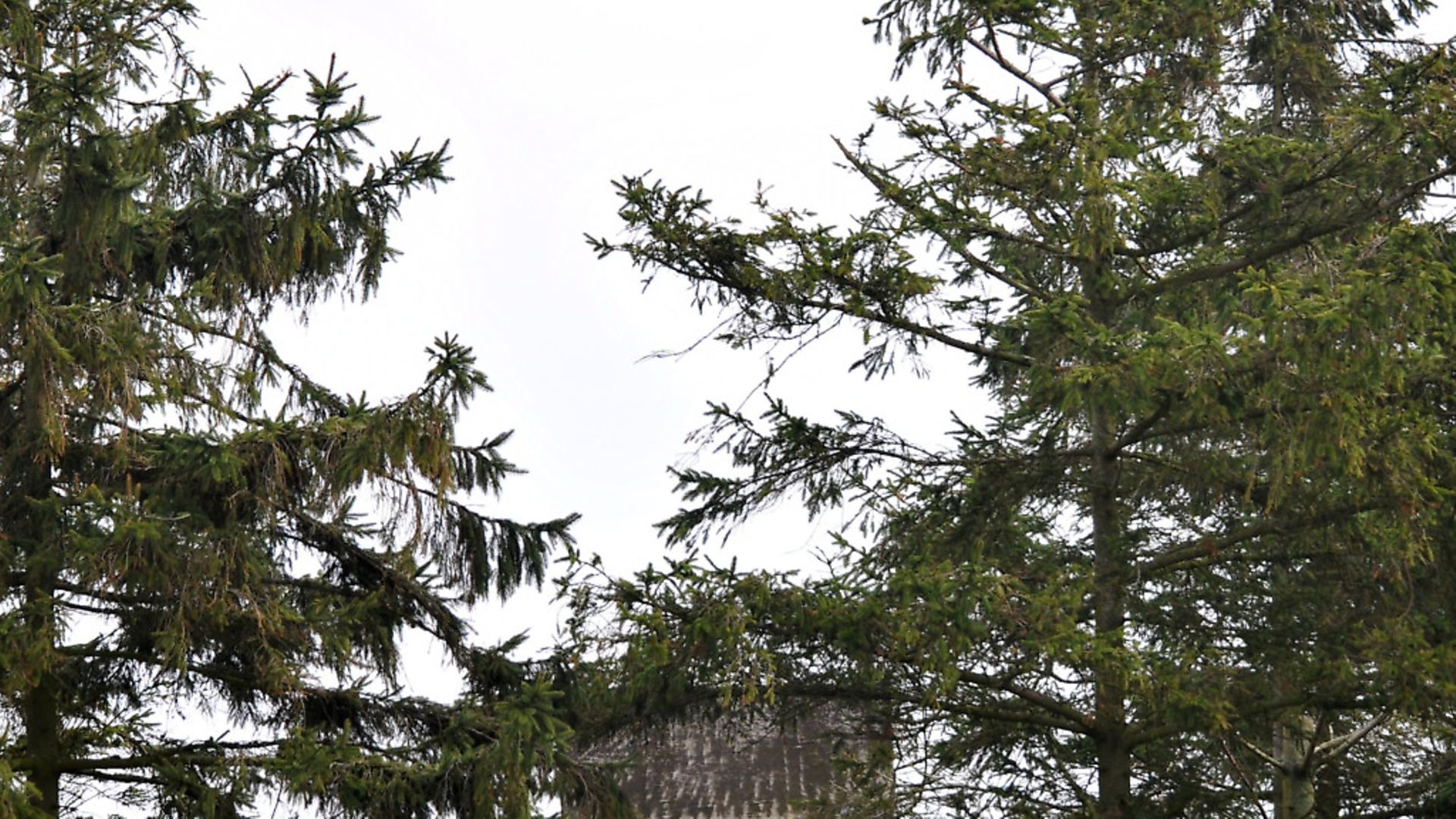 credit: Archant
credit: Archant
If you enjoy driven game shooting then there’s little doubt that you will enjoy a simulated day; a huge amount of ‘birds’ to shoot, no overage to worry about, and a price that’s just a fraction of what you would pay for a similar sized day at the real thing. It’s also usually accompanied by far better weather than you might expect in the season, so what’s not to like?
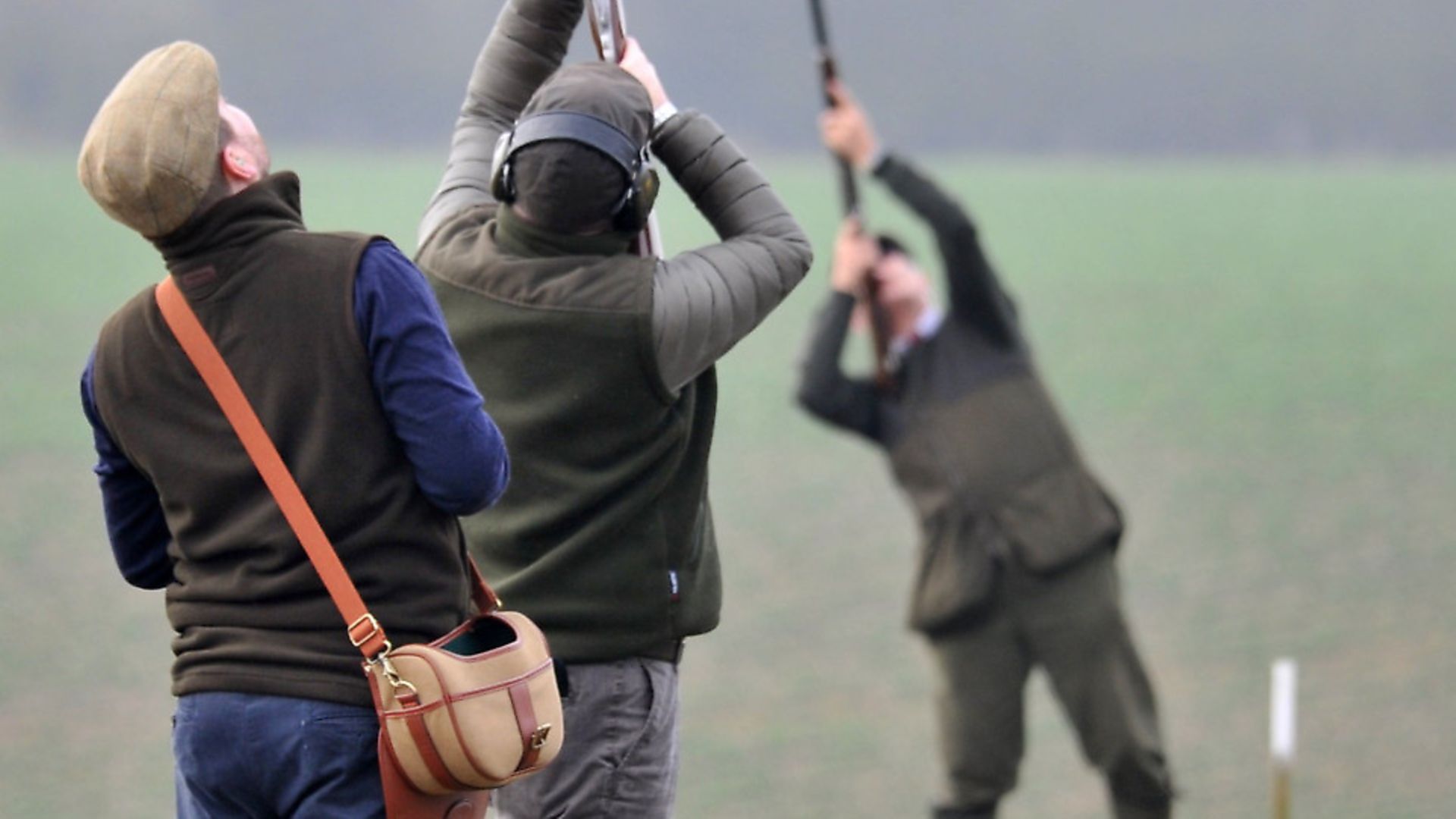 credit: Archant
credit: Archant
Sound advice
Having established that there’s plenty of fun to be had, what can you do to ensure you get the best out of your day on the peg? Chances are that you’ll fire far more cartridges in a single day than you might be accustomed to. Consequently, don’t worry about taking super fast 28g loads that can become uncomfortable on the shoulder after you’ve fired a few hundred of them in a short space of time. Twenty four or 21g shells are more than sufficient, perform perfectly well, and don’t leave you bruised and battered (plus, they are a little cheaper to buy). The venue should tell you how many cartridges you are likely to shoot, but if in any doubt take more than you think you will need, as it can be frustrating to run out.
If you are used to shooting mostly in the game season, don’t forget that you would normally be wearing several layers of clothing, whereas a sim day in July will probably see you in little more than a shirt; bear that in mind if you are recoil sensitive. It can also show up issues with gun fit, so if your gun is too short in the stock when wearing jumpers and coats, it’s likely to be very short when in shirtsleeves.
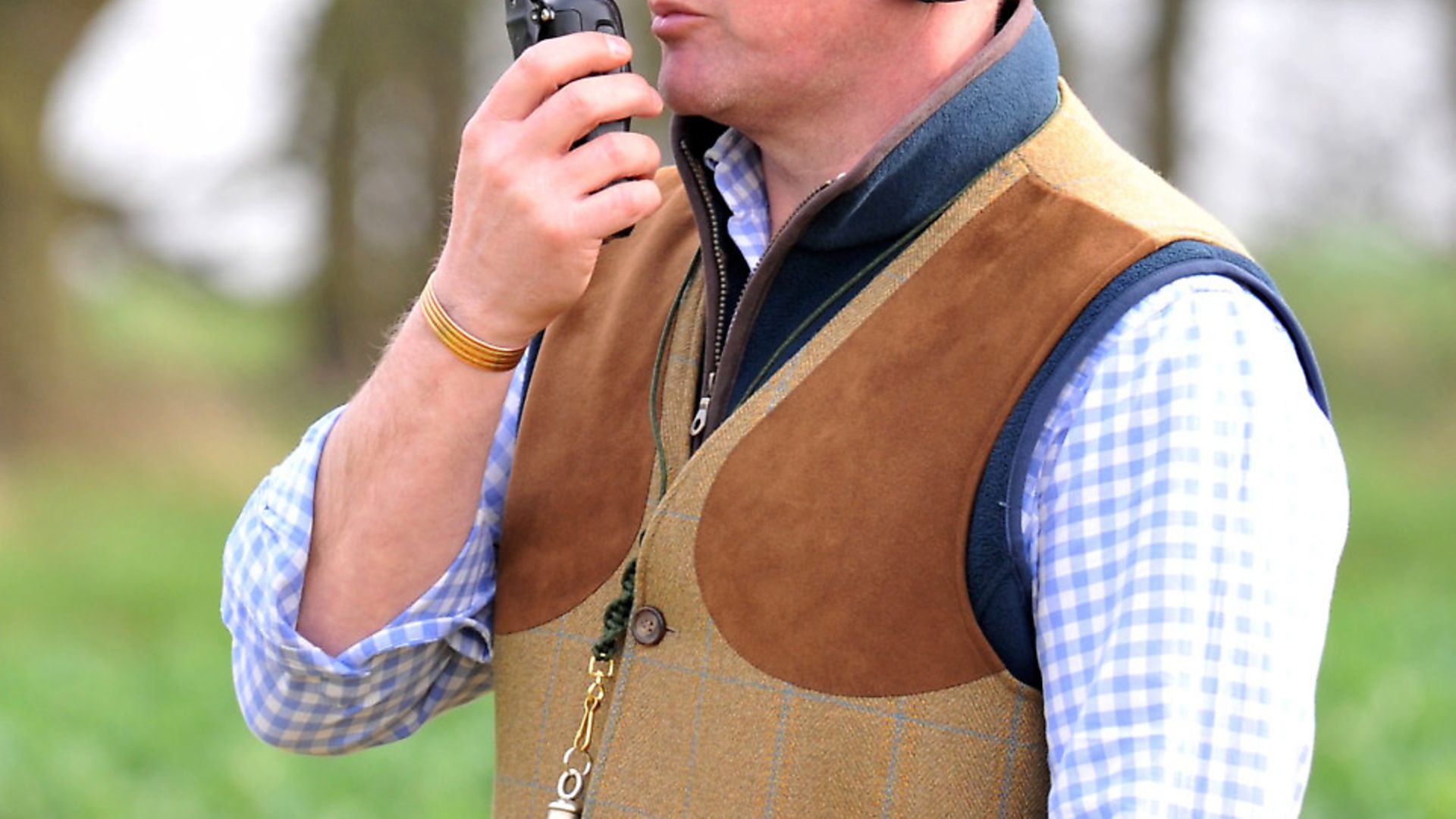 credit: Archant
credit: Archant
Also bear in mind that barrels can get very hot with prolonged use, and as such it’s sensible to take gloves with you to avoid singeing your fingers; this is an absolute must if you shoot a side-by-side. If you shoot a traditional double you might also want to invest in a slip-on barrel hand-guard. A hat and shooting glasses are also highly recommended as it’s not inconceivable that you may have clays or parts of broken clays landing around you.
Once the horn has blown and the drive is underway it’s important to keep your wits about you. You will soon get an idea as to where the birds are being fired from, so keep your eyes in those areas but don’t stand too long in the ready position as it can get tiring, especially on a day when there will be so much shooting. Birds may come five, six, seven or more at a time, so try and pick out the one you are going to tackle and stay with it – don’t be tempted to change horses! At the same time, be aware, using your peripheral vision, of the other clays coming over so that you can switch to another for your second barrel, or in the case of your neighbour ‘poaching’ your bird. Although something of a ‘no no’ on a live quarry day, poaching is positively encouraged on simulated days, and it can generate plenty of banter between friends.
Depending on terrain and wind, you do need to be aware of where clays are falling, and if they do end up stalling over the line don’t follow clays down as they start to drop, or you might end up scaring your neighbour!
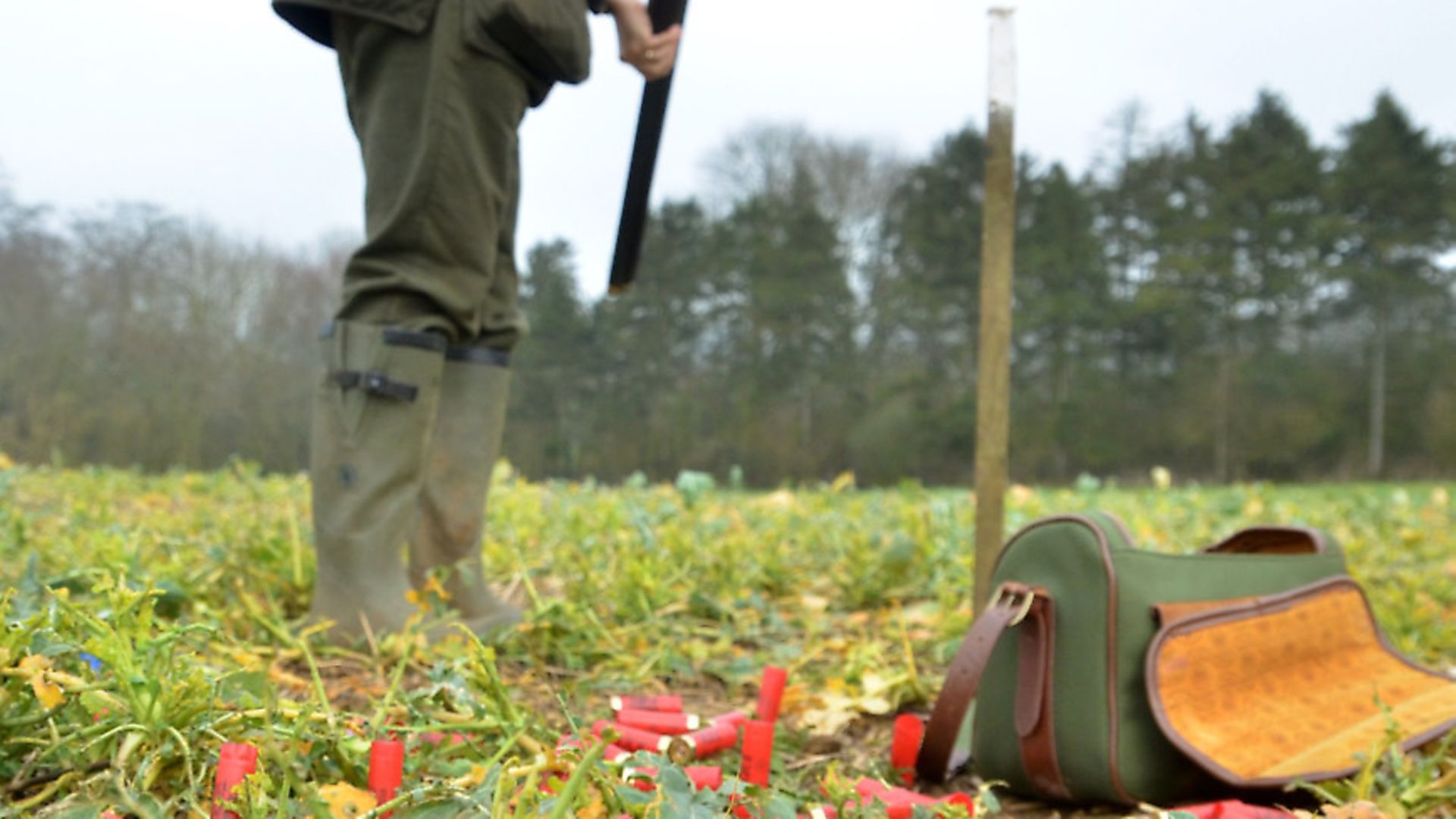 credit: Archant
credit: Archant
Techniques to try
If you are fairly new to shooting then it’s important to ensure your shooting partner for the day is experienced enough to give you a few pointers and keep you safe, or better still, it’s not a bad idea to ask the host of they can provide you with an instructor.
A big day like this with several thousand targets over the line can give you the opportunity to try out new techniques if you have the discipline to keep doing it, but as our host Julian said, “plenty of people come with good intentions, but more often than not their new techniques go out the window when the action is fast and furious.” As with most driven birds, swing-through is probably the preferred technique, but with crossing, climbing birds as well you might want to try some pull-away shots to help establish the line of the clay. ‘Chopping’ targets off for a quick second barrel can also work well, and it involves simply going straight to a space in front of the clay with little or no direct contact between muzzles and target. Don’t forget that clays slow down in flight, so if shooting out behind the line they will require a little less lead; combine that with a fast moving gun and a rushed shot to complete a left and right and the chances are that you may well be missing in front if you don’t connect.
Shooting quickly requires confidence, so don’t be afraid of taking on targets when they are well out in front of you, so long as your muzzles aren’t pointing too low over the trap line. This can help improve your instinctive shooting ability and start to build up a more natural style. Of course, not everyone wants to melt their barrels and, if you prefer, you can take your time, pick out your bird and take a more graceful and measured approach. Whichever way you choose to shoot, don’t be scared of missing – it’s a fun day out so don’t take it too seriously. Remember that everyone else is too busy to be paying any attention as to how well or badly you are shooting.
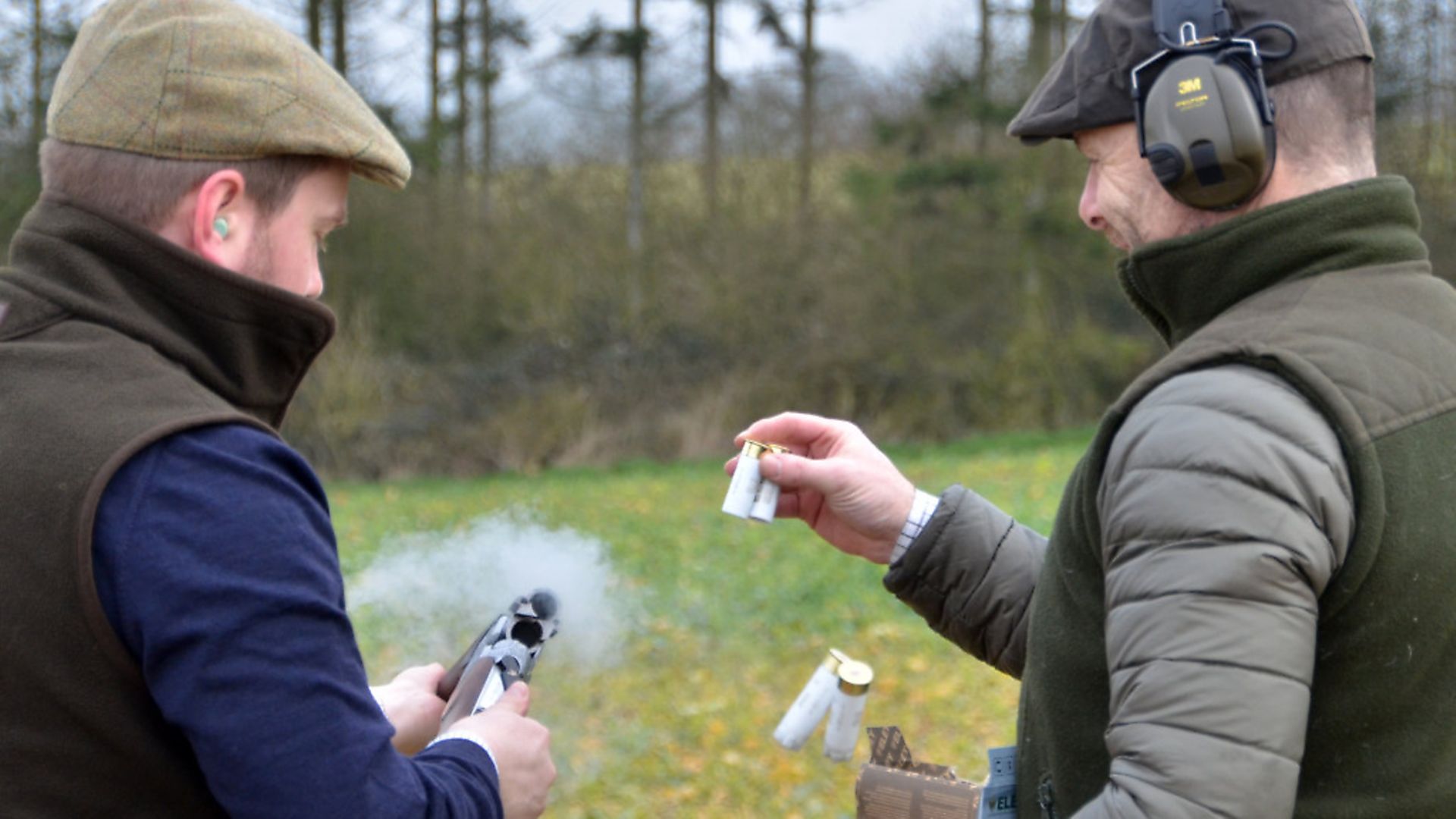 credit: Archant
credit: Archant
When it comes to loading for your shooting partner, take care if it’s not something you normally do, and keep your fingers out of the way. It can be sensible to say ‘Go’ when both shells are in the gun, this way they can keep their eyes up on the birds and you can be confident that they won’t try and close the gun when your fingers are still in harm’s way. If you and your shooting partner are using different calibres – e.g. 12 and 20 – you MUST ensure that the cartridges remain separated at all times, and if loading from pockets you must clear them out when you swap over. The safest way is to load straight from a cartridge bag without using pockets at all. Also, remember to be aware of your muzzles when closing the gun – make sure they aren’t going to end up pointing either at the trappers or the other Guns when the barrels and action meet.
Whether doing it simply for fun, to keep your eye in through the summer, or to warm up for the upcoming season, there’s little doubt that a well run simulated day is a fantastic day out. If you haven’t tried it then you are missing out.
Days like this are available across the country with prices to suit most pockets. Expect to pay between £140-£300 depending on the size of the ‘bag’, the venue and the level of hospitality.
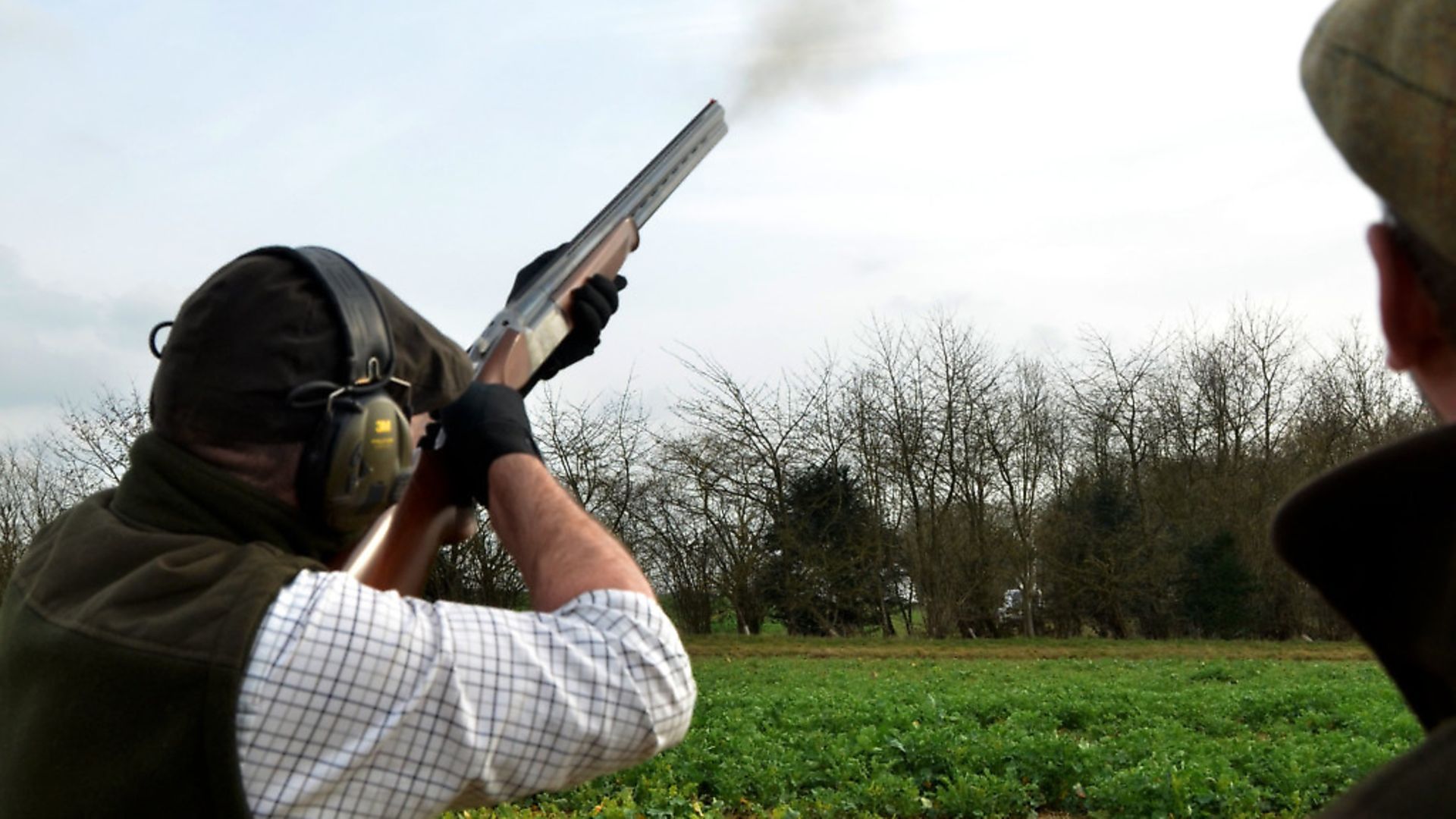 credit: Archant
credit: Archant
You can do this!
The day at Atkin Grant & Lang was well-organised and hosted by Julian Watson, who has plenty of experience and know-how to pass on. The venue was easy to find, being just a stone’s throw from the M1 near Hemel Hempstead. Each of the five drives saw plenty of action with driven, crossing and climbing midi clays presented from their flurry launchers. Some of the drives feature towers to give the clays more height, while others such as the ‘Partridge drive’ see birds launched at speed over hedgerows to faithfully replicate the flight of the real thing. Hospitality was very good, with breakfast rolls on arrival, elevenses, and a delightful two course lunch served in the ‘Barn’.
Most of the guns were paired up and, as is the norm on driven days, the horn was blown part way through each drive. At this point the loading gun takes over the shooting and vice versa. It was then blown again to signify that the guns move up two pegs, where the process is then repeated, thus ensuring that each shooter gets two sessions of pulling the trigger on each drive.
Julian watched the action from behind the line and was in radio contact with the trap line to ensure that the birds kept coming, and consequently all the guns in the line were busy throughout the drives.
Target difficulty varies, meaning that there is plenty for everyone to enjoy. Whether a novice or a more experienced Gun, you can pick your targets to ensure that you go home with a big smile on your face… after getting through 925 cartridges between the two of us, we certainly did!
For more information visit www.agl-uk.com
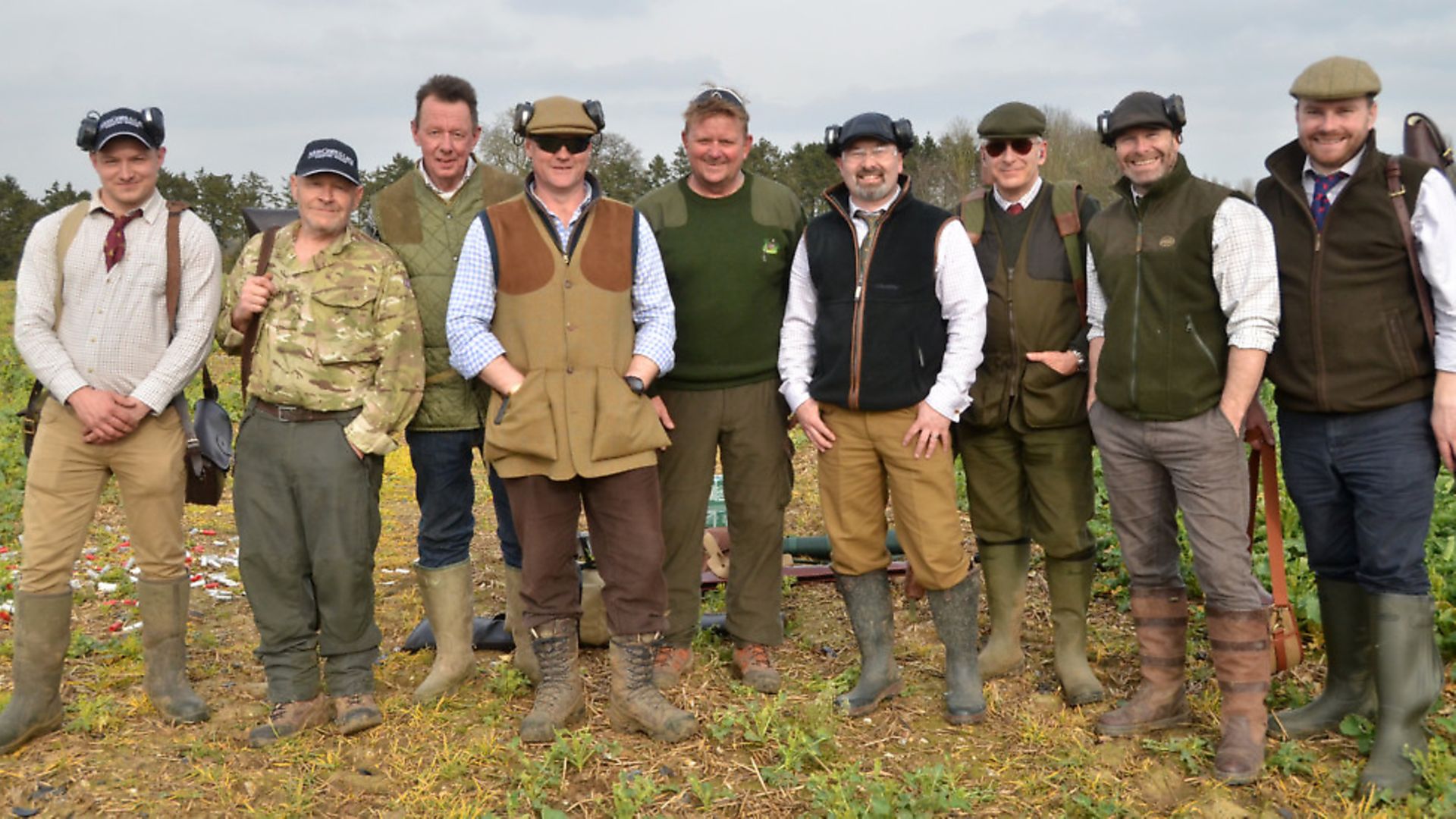 credit: Archant
credit: Archant